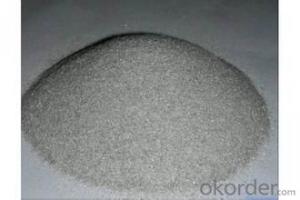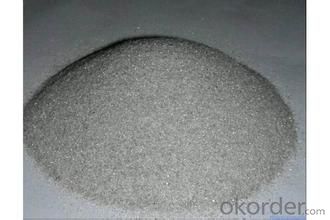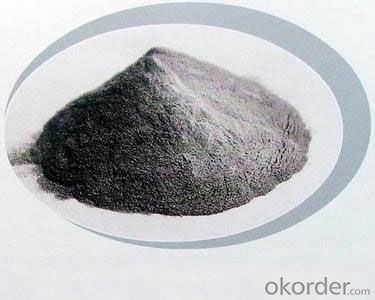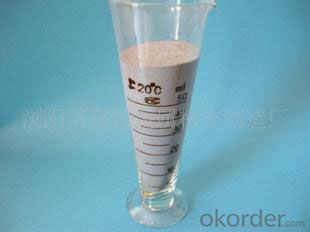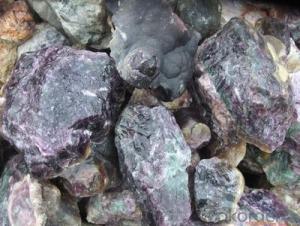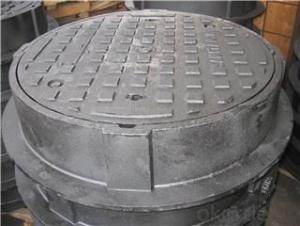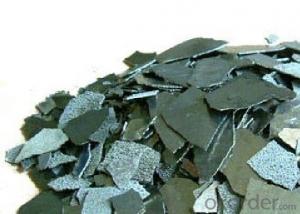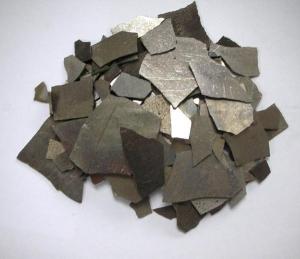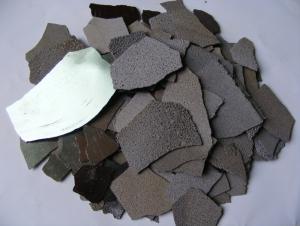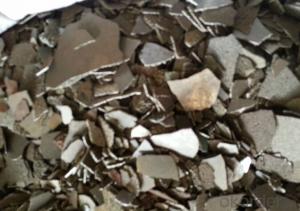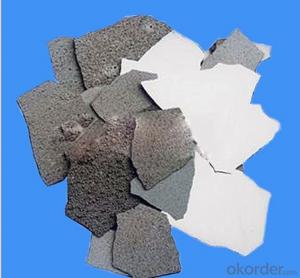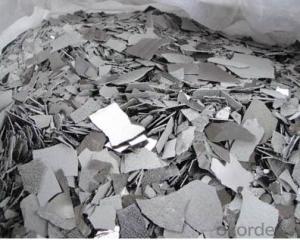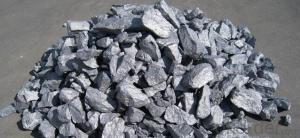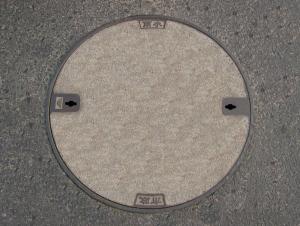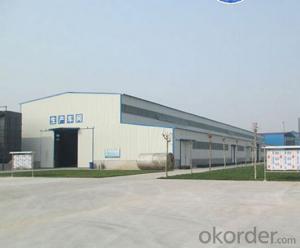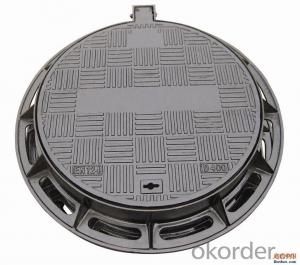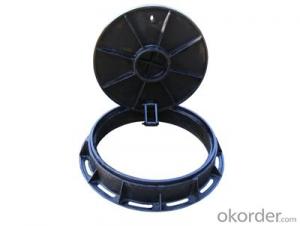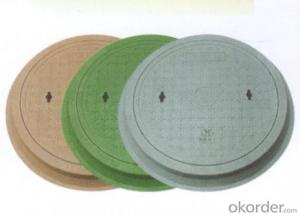Mg-Al Alloy Powder chemical raw material for fireworks
- Loading Port:
- Qingdao
- Payment Terms:
- TT OR LC
- Min Order Qty:
- 1000 kg
- Supply Capability:
- 500000 kg/month
OKorder Service Pledge
OKorder Financial Service
You Might Also Like
Specifications of Magnesium Aluminum
Magnesium Aluminum Alloy Powder
Application: chemical raw material for fireworks or metallurgy
Appearance: gray powder with metallic luster
Content ratio: according to your request
Package: 100kg/ iron drum
Delivery time: 15-20 days
Characteristic
The aluminum magnesium metal alloy powder burns easiest, producing the heat with sending out the dazzling and white light, this characteristic is extensive to used for the armament industry, such as manufacturing the flare, signal plays with napalm bomb etc..In firework industry, the aluminum magnesium metal alloy powder gives out light essentially.Because of its chemistry kind alacrity, in metallurgy industry it is used to take off oxygen, an additive, purifying, fire-proof material etc.
Magnesium alloys are mixtures of magnesium with other metals (called an alloy), often aluminium, zinc, manganese, silicon, copper, rare earths and zirconium. Magnesium is the lightest structural metal. Magnesium alloys have a hexagonal lattice structure, which affects the fundamental properties of these alloys. Plastic deformation of the hexagonal lattice is more complicated than in cubic latticed metals like aluminum, copper and steel. Therefore magnesium alloys are typically used as cast alloys, but research of wrought alloys has been more extensive since 2003. Cast magnesium alloys are used for many components of modern cars, and magnesium block engines have been used in some high-performance vehicles; die-cast magnesium is also used for camera bodies and components in lenses.
Magnox (alloy), whose name is an abbreviation for 'magnesium non-oxidising', is 99% magnesium and 1% aluminium, and used in the cladding of fuel rods in some nuclear power stations.
Magnesium alloys tend to be referred to by short codes (defined in ASTM 275) denoting the approximate chemical composition by weight: for example, AS41 has 4% aluminium and 1% silicon; AZ81 is 7.5% aluminium and 0.7% zinc. If aluminium is present, manganese is almost always also there at about 0.2% by weight to improve grain structure; if aluminium and manganese are absent, zirconium is usually present at about 0.8% for the same purpose.
Aluminium alloys are alloys in which aluminium (Al) is the predominant metal. The typical alloying elements are copper, magnesium, manganese, silicon and zinc. There are two principal classifications, namely casting alloys and wrought alloys, both of which are further subdivided into the categories heat-treatable and non-heat-treatable. About 85% of aluminium is used for wrought products, for example rolled plate, foils and extrusions. Cast aluminium alloys yield cost effective products due to the low melting point, although they generally have lower tensile strengths than wrought alloys. The most important cast aluminium alloy system is Al-Si, where the high levels of silicon (4.0% to 13%) contribute to give good casting characteristics. Aluminium alloys are widely used in engineering structures and components where light weight or corrosion resistance is required.
Alloys composed mostly of the two lightweight metals aluminium and magnesium have been very important in aerospace manufacturing since somewhat before 1940. Aluminium-magnesium alloys are both lighter than other aluminium alloys and much less flammable than alloys that contain a very high percentage of magnesium.
Aluminium alloy surfaces will keep their apparent shine in a dry environment due to the formation of a clear, protective layer of aluminium oxide. In a wet environment, galvanic corrosion can occur when an aluminium alloy is placed in electrical contact with other metals with more negative corrosion potentials than aluminium.
Aluminium alloy compositions are registered with The Aluminum Association. Many organizations publish more specific standards for the manufacture of aluminium alloy, including the Society of Automotive Engineers standards organization, specifically its aerospace standards subgroups, and ASTM International.
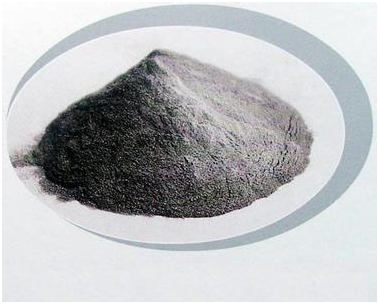
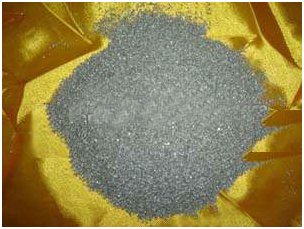
- Q: Why is this considered Black Metal?
- The most active metals are in the groups furthest to the left. Therefore the answer is: A) Alkali Metals, also known as Group 1. They are the most active because of the presence of only 1 valence electron...making them easily ready to bond. I hope that helped! :D
- Q: BQ: What metal songs would you put on an Ultimate Metal Playlist?
- Metal elements are prepared to give up electrons. Non metal elements either gain electrons or share electrons. it's all according to where the element is in the periodic table, and they all want to get an inert gas configuration. That's why metals conduct electricity- because the electrons they give away can move around the lattice. (and why most non-metals don't conduct; because electrons are ll tied up in covalent bonds) Most non metals form simple covalent molecules with low melting and boiling points, wheras metals are mostly solid, since the metallic bond holds together lots and lots of metal ions. If you base the properties on the fundamental facts; electron gain or electron loss, it'll be easier to associate them. And try explaining them to other people. Writing in your own words is a better memory aid then copying.
- Q: A. ALKALI METALSB.ALKALINE EARTH METALS C. TRANSITIONAL METALS D. FAMILY 7A, HALOGENS E. FAMILY 8A, NOBLE GASES
- don't know if this one makes any sense to you if the singer of King Diamond ever dies, they can easily replace it by the one from Mercyfull Fate if you have ever listened to both bands, you'd understand
- Q: Death metal would be nice, but I'd prefer black metal.If you are, will u b mein?
- Metal factors (i'm assuming we're talking about factors) are just right conductors of warmth and electricity, are usually malleable (will also be flattened into skinny sheets) and ductile (can also be rolled into wires), and type cations when forming ionic bonds with non-metals. Now not all metals are robust, although many are, and most have a high boiling factor, although mercury (a steel) is a liquid at room temperature. Non-metallic elements are the reverse. Poor conductors, on the whole no longer malleable or ductile, and form anions when in ionic bonds. Though most stable non-metals are brittle, some are very tough. Boiling elements vary wildly, though most covalently bonded compounds (two or more non-metals in a bond) are typically gases, some base factors, like carbon, have boiling features above 4000K.
- Q: like a dead on solid blue metal
- Heres Some Death Metal: Trivium All That Remains Arch Enemy Cannibal Corpse Children of Bodom Unearth Dope American Headcharge In Flames God Forbid Slayer Killswitch Engage Shadows Fall Job For A Cowboy Dethklok Cradle of Filth Heres Some Metal Bands: Megadeth Metallica System of a Down Avenged Sevenfold Dream Theater Mudvayne Rise Against Iron Maiden Godsmack Scars On Broadway Rage Against The Machine Pantera Black Label Society Nevermore GWAR Judaspriest Anarchy Club Five Finger Death Punch Anthrax Heres Some Soft Rock: Stone Temple Pilots Pearl Jam Nickelback Creed The Killers Heres some Rock Bands of no specific genres: Primus Red Hot Chili Peppers A Perfect Circle Tool Heres Some Solo Performers: Michael Angelo Batio Joe Satriani Yngwie Malmsteen Paul Gilbert John Petrucci Buckethead Heres Some Rock Bands: Jimi Hendrix Led Zeppelin The Doors Van Halen Ac/Dc Pink Floyd Queensryche Wolfmother Blue Oyster Cult ZZ Top Creedence Clearwater Revival
- Q: black metal, death metal, doesn't matter
- metals are found in ores. these ore are comprised of other various elements ( like oxygen, sulfur, etc). for the metal extraction, the ore needs to be crushed, then frothed, then left to react with dilute acid, then smelted . ores can be found on the surface of the earths crust or deep in the earths crust. their is also a high percentage of iron in the mantle, outer core and inner core of the earth.
- Q: Angry Heavy Metal music.. i'm listening to it now.. sort of.. :)
- don't okorder
- Q: Ok do you like heavy metal(+) or pop(-). And what artist do you like the most?
- You are not strange, plenty of people your age listen to Metal. From what I've seen though it is one of those genres that people rarely get into as adults. You pick it up as a teenager and grow out of it or love it forever.
- Q: I like it, even though I admit I would have hated it if I'd lived in the '80s.BQ: Favorite hair metal band/song?
- Metals- ususally solid- form cations (+)- usually hard-malleable/ductile-conduct electricity and heat-must lustre silvery (except gold, and copper)-many magnetic - on the lleft side of the (staircase)*mettaloids section on periodic table Non Metals- Make anions - on the right side of staircase (ex- Chlorine, Fluorine,Sulfur, Phosphorous....) - opposite of metal characterisitcs...
- Q: Electricity is defined the flow of electron.Then why the non metal do not conduct the electricity.
- The reactivity of metals depends on the ease with which they lose electrons. The most reactive metal atoms (K, Na, Ca, ) lose electrons easily to form positive ions. Less reactive metals such as Cu and Ag do not lose electrons easily. In the reactions you are thinking about more reactive metals will displace less reactive metals from solutions of their salts because they are able to 'force' the less reactive metal ion to take electrons and the less reactive metals are displaced from teh solution eg Zn (s) + Cu2+(aq) ---> Zn2+(aq) + Cu Zn atoms give 2 electrons to Cu2+ ions
Send your message to us
Mg-Al Alloy Powder chemical raw material for fireworks
- Loading Port:
- Qingdao
- Payment Terms:
- TT OR LC
- Min Order Qty:
- 1000 kg
- Supply Capability:
- 500000 kg/month
OKorder Service Pledge
OKorder Financial Service
Similar products
Hot products
Hot Searches
Related keywords
